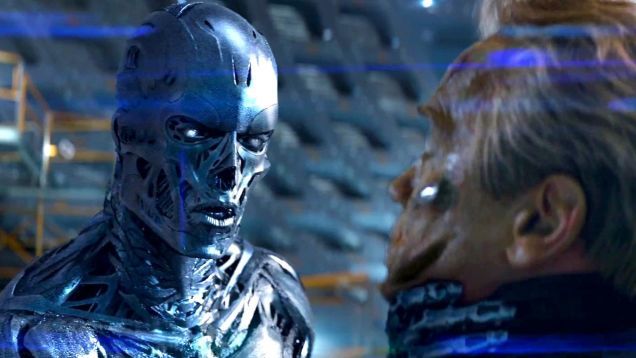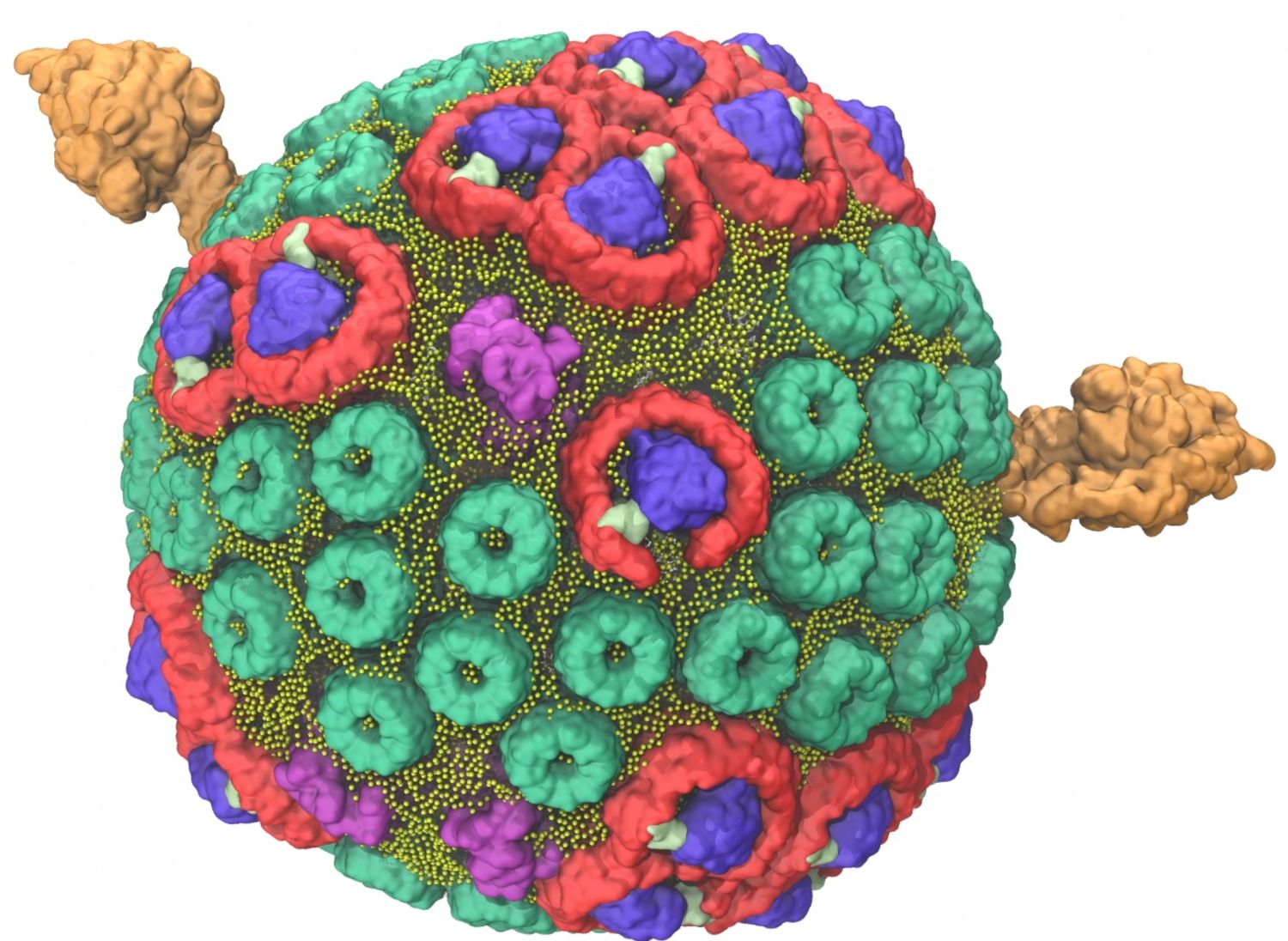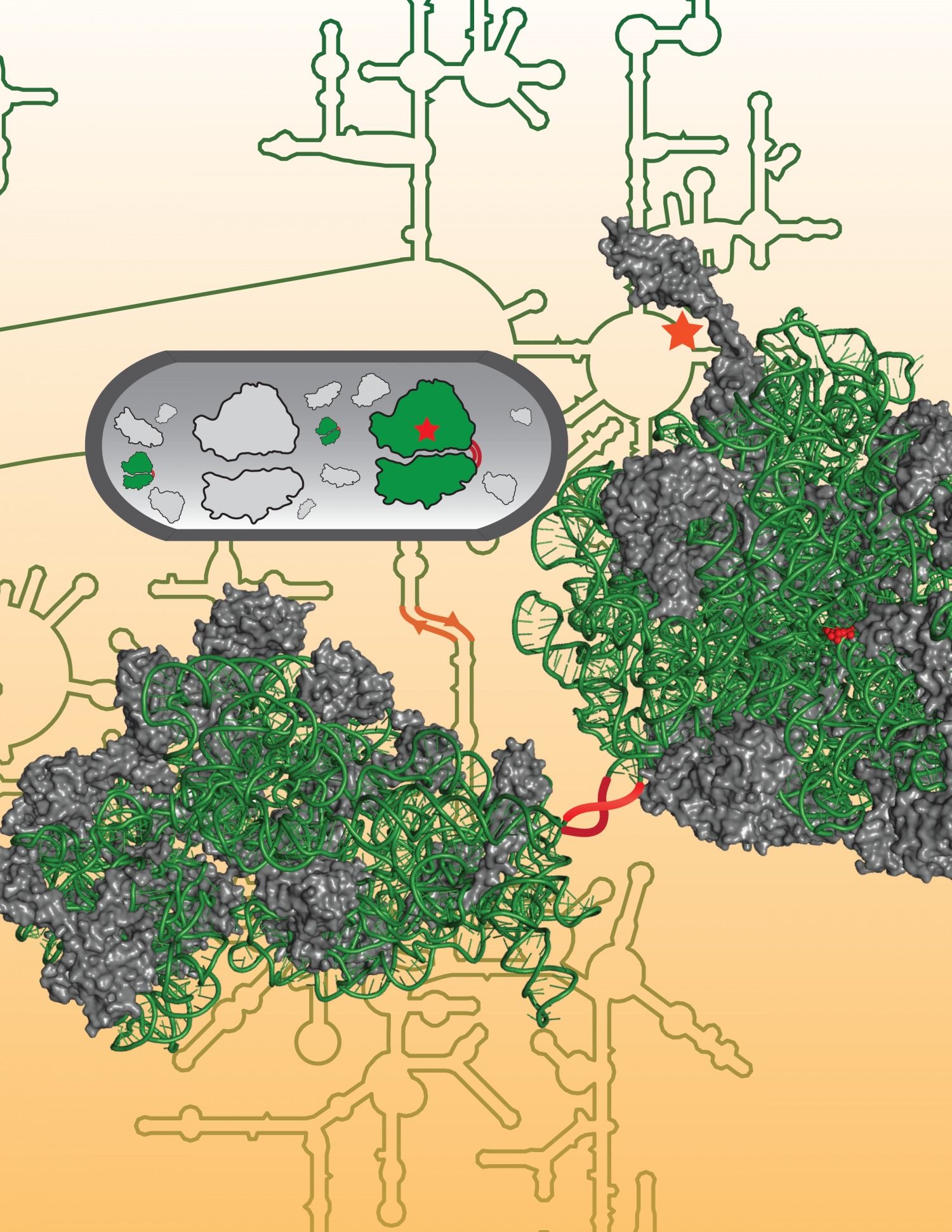More than a thousand prominent thinkers and leading AI and robotics researchers have signed an open letter calling for a ban on “offensive autonomous weapons beyond meaningful human control.”
SolarCity is expanding its services to small and medium-sized businesses. This move allows local businesses to save money with renewable energy. Going solar.
It will be the first country in the world to have universal Internet coverage.
Google has teamed up with the Sri Lankan government to deliver broadband Internet to every region of the island nation, making it the first country in the world to have universal Internet coverage. The initiative is part of Google’s Project Loon, which aims to provide cheap or free Wi-Fi to people in remote rural areas around the world via a fleet of huge helium-filled balloons floating way up in the stratosphere.
Concerns about the future of artificial intelligence (AI) have recently gained coverage thanks to pioneers like Hawking, Gates, and Musk, though certainly others have been peering down that rabbit hole for some time. While we certainly need to keep our eyes on the far-reaching, it behooves us to take a closer look at the social issues that are right under our noses.
The question of artificial intelligence transforming industry is not a question of when — it’s already happening — but rather of how automation is creeping in and impacting some of the biggest influencers in the economic sphere i.e. transportation, healthcare, and others, some of which may surprise you.
I recently discussed these near-at-hand social implications and ambiguities with Steve Omohundro, CEO and founder of Possibility Research.
Social Implications of AI
In the words of Mr. Omohundro, we’re “on the verge of major transformation” in myriad ways. Consider near-term economics. McKinsey&Company have estimated that the presence of AI automation could impact the economy by $10 to $25 trillion in the next 10 years. Gartner, an information technology research group, estimates that 1/3 of all jobs will be relegated to the world of AI by 2025.
Evidence of these trends is particularly relevant in the areas of “the cloud” i.e. the ‘Internet of All Things’, delivery of services, knowledge work, and emerging markets. Tesla recently announced a software upgrade that would allow its self-driving cars to take better control on highways. In the same market, Daimler just released the first 18-wheeler ‘Freelance Inspiration” truck that will be given autonomous reign of Nevada (NV) freeways.
Leaps are already being made in the areas of healthcare and medicine; engineering and architecture (a Chinese design company recently produced 10 3D-printed houses in 24 hours); and, perhaps one that’s not as obvious — the legal profession.
Dealing with Shades of Grey
Electronic discovery i.e. ediscovery is the electronic solution that is now used in identifying, collecting and producing electronically stored information (ESI) (emails, voicemail, databases, etc.) in response to a request for production in a law suite of investigation. The legal industry leverages this software in dealing with companies that sometimes have millions of emails, through which this natural language program helps sift and search.
Future impacts in the legal industry could resound in areas where much of what human lawyers do is considered quite routine, such as creating contracts. This type of work usually has a high ticket price, so there is tremendous incentive to automate these types of tasks.
There also exists the overlap and spill over of impacts of AI from one industry to the next, and the legal industry is right at the intersection. Think back to the autonomous cars. Lawyers are not poised to look forward to new and weird questions such as, ‘What if a self-driving car hits and kills a person? Who’s responsible? The people who built the car, or faulty software?’ We are on the cusp of having an “onslaught of new technology with very little clue of how to manage it”, says Omohundro.
Big Data and AI Implications
Another area that is changing the lay of the land is big data, which is constantly being applied by consumer companies as they gather data about consumers and then target ads based on this information. Once again, the question arises of how to manage this process and define legal restrictions.
Price fixing presents another ambiguous case. It’s illegal to collaborate with other companies in the same business to set prices, and a recent case arose in which an online seller looked as if it was ‘polluting’ the space and fixing prices. Turns out, the seller was running bots to check competitors’ prices, which were then adjusted according to an algorithm. “What happens when the bot is doing the price fixing; is that illegal?” Apparently so, looking at the outcome of the case, but the question of volition is a valid one.
Along a similar vein, a Swiss group working in the name of art created a bot, gave it bitcoin, hooked it up to the ‘dark net’, a realm of the Internet where people trade illegally, and had the bot randomly buy things. The art exhibit display was what the bot bought while roving the dark markets. “Police allowed the exhibit, and then came and arrested the bot…carted the computer away,” explains Omohundro. “Every aspect of today’s society is going to be transformed by these technologies.”
While there’s no succinct answers to any of the economic or ethical considerations of the “big questions” that Steve brought up in our conversation, he’s confidant that more informed and serious discourse will help us make better decisions of the human future — and I certainly hope he’s right.
“Furthermore, the chromatophore project marks a shift in computational biophysics from analyzing the individual cell parts (e.g., a single protein) to analyzing the specialized systems of the cell (e.g., hundreds of proteins working together to carry out an autonomous function). This is a significant step toward the long-term goal of simulating an entire living organism.”
Nearly all life on Earth depends on photosynthesis, the conversion of light energy into chemical energy. Oxygen-producing plants and cyanobacteria perfected this process 2.7 billion years ago. But the first photosynthetic organisms were likely single-celled purple bacteria that began absorbing near-infrared light and converting it to sulfur or sulfates about 3.4 billion years ago.
One problem with wind power is that it’s expensive to build and hard to find the space. Problem solved.
Researchers at the University of Illinois at Chicago and Northwestern University have engineered a tethered ribosome that works nearly as well as the authentic cellular component, or organelle, that produces all the proteins and enzymes within the cell. The engineered ribosome may enable the production of new drugs and next-generation biomaterials and lead to a better understanding of how ribosomes function.
NASA’s Mars rover Curiosity went out of its way to investigate a rock the likes of which it has never seen before on the Red Planet. Measurements by Curiosity’s rock-zapping ChemCam laser and another instrument revealed that the target, a chunk of bedrock dubbed Elk, contains high levels of silica and hydrogen, NASA officials said. “One never knows what to expect on Mars, but the Elk target was interesting enough to go back and investigate,” ChemCam principal investigator Roger Wiens, of Los Alamos National Laboratory in New Mexico, said in a statement.
It’s asteroids like these that will be (and to a certain extent already ARE) the economic engine that powers the first wave of human expansion from our homeworld out into the vast, unimaginably resource rich expanse of the greater solar system.
The near-Earth asteroid is an intriguing candidate for mining, said representatives of the company Planetary Resources, which is hoping to begin these activities in the coming decades. Previous studies by Planetary Resources estimated that 2011 UW158 contains about $5.4 trillion worth of platinum, an element that is rare on Earth.






